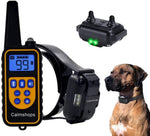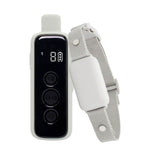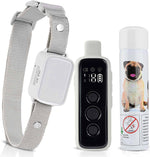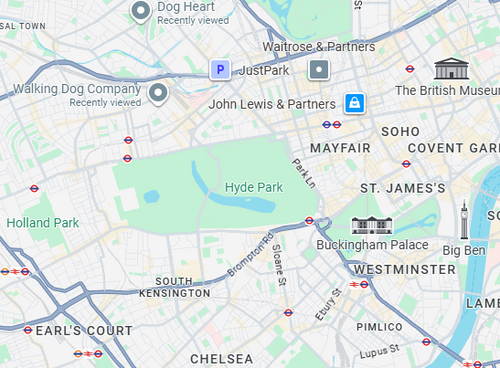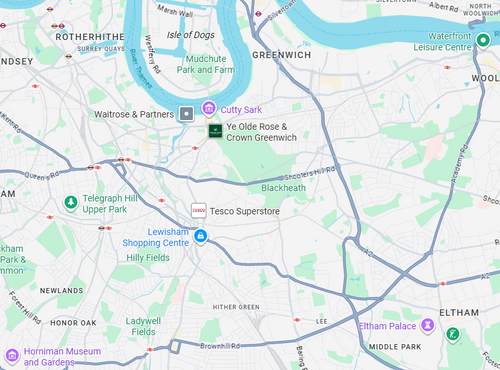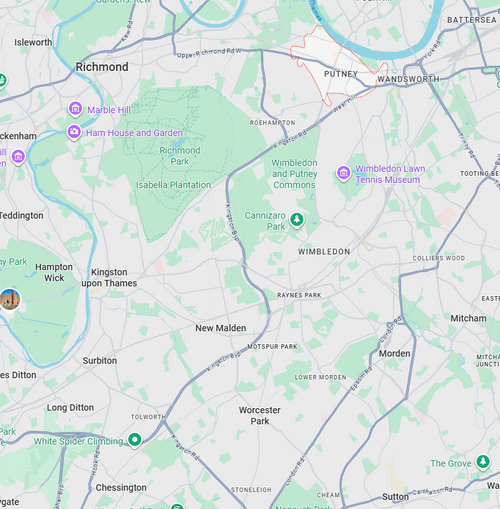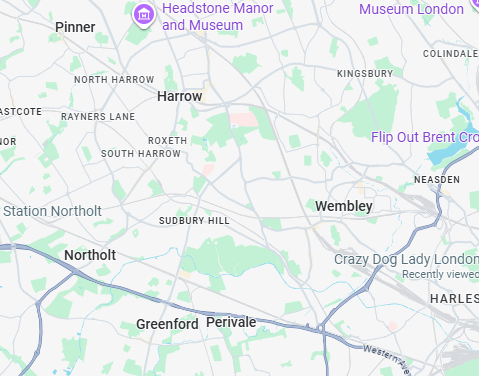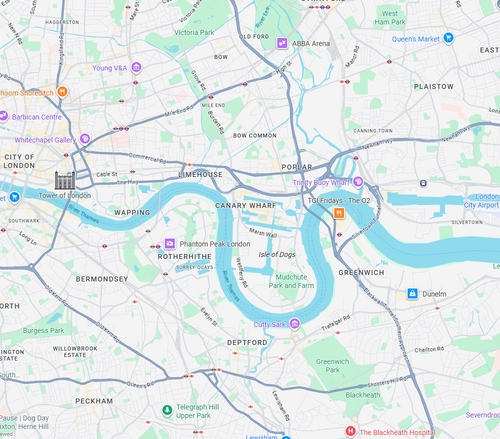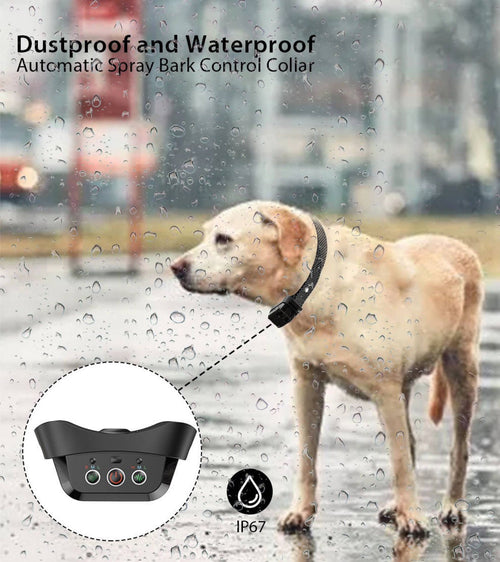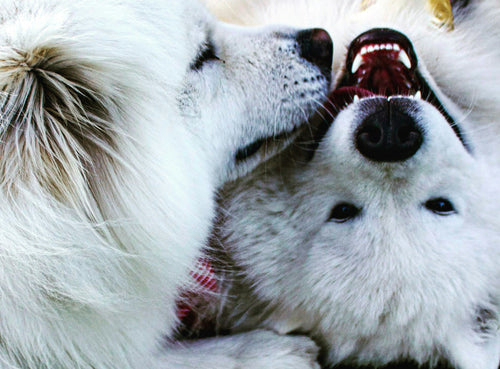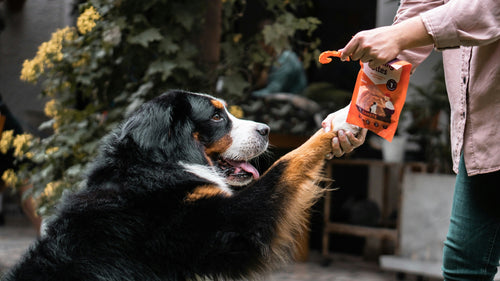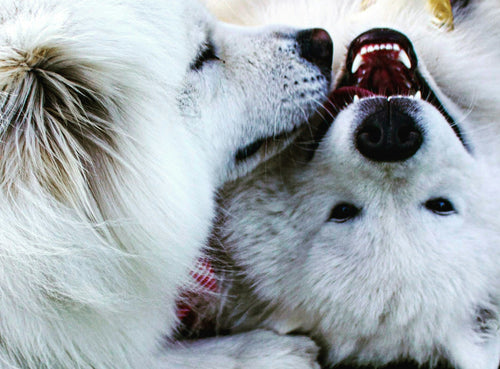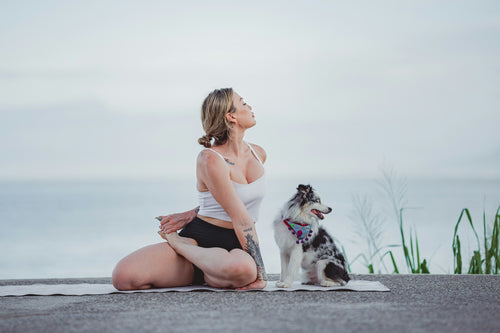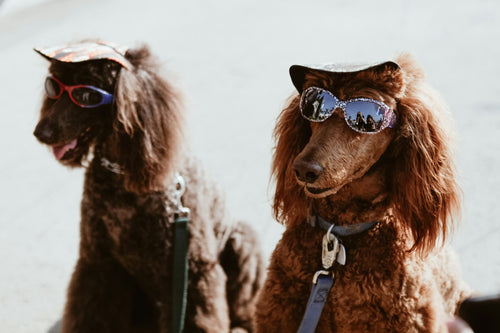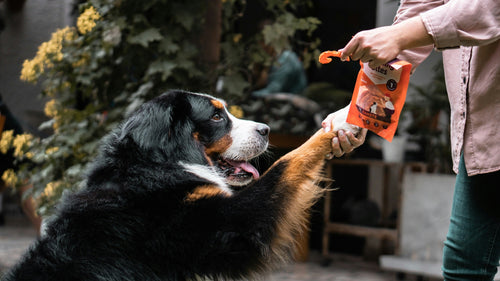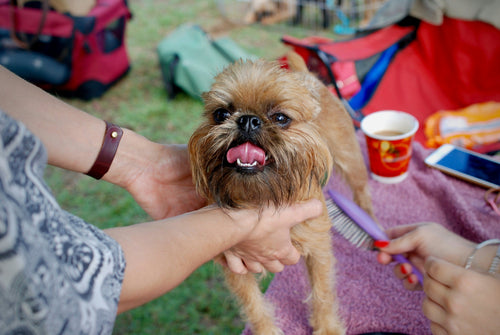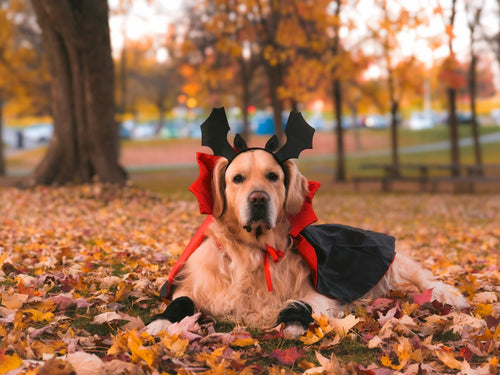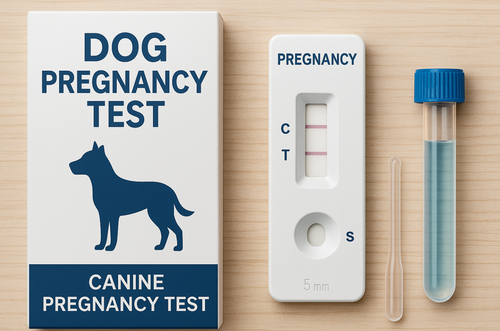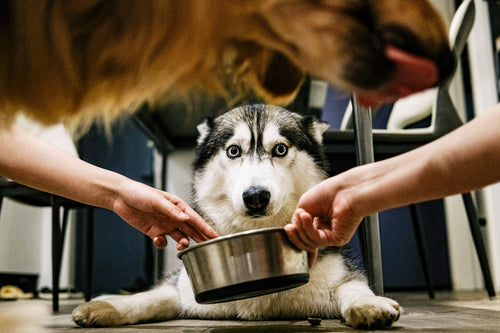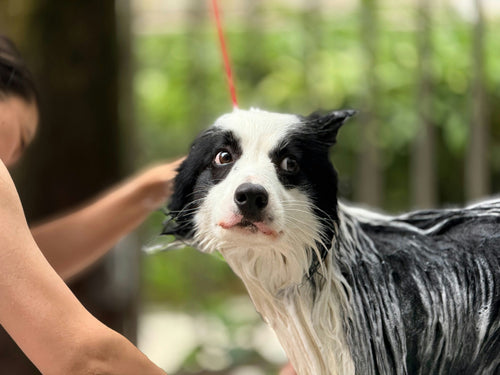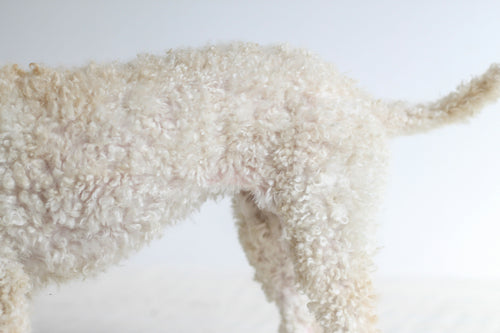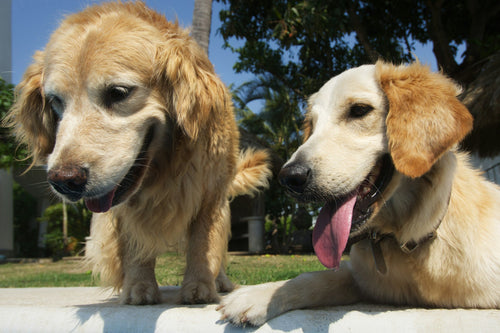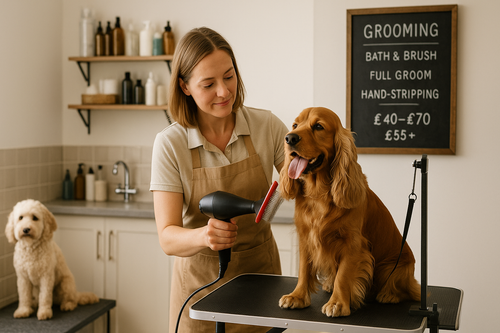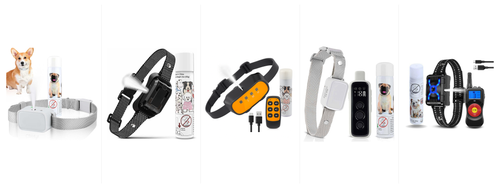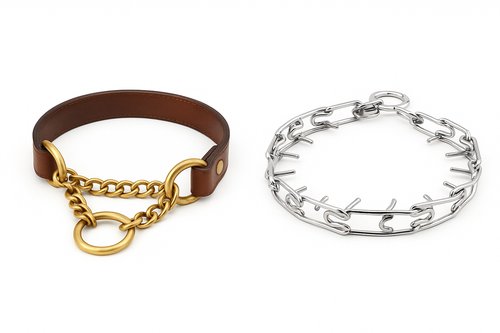When it comes to caring for our pets, one of the most overlooked but important topics is blindness in dogs. Vision loss doesn’t mean the end of a happy and fulfilling life for your furry friend. With the right support, blind dogs can adapt remarkably well, finding joy in new routines, safe environments, and even play. In this post, I’ll cover how to recognise the signs of vision loss, answer the common question “how to tell if my dog is blind,” explore the best toys for blind dogs, and provide insight into blind dogs adoption.
What Causes Blindness in Dogs?

Blindness in dogs can occur for many reasons, some temporary and others permanent. Common causes include:
-
Cataracts: Cloudiness in the eye that can progress with age.
-
Glaucoma: A painful buildup of pressure inside the eye.
-
Progressive Retinal Atrophy (PRA): A genetic condition that causes gradual vision loss.
-
Injury or trauma: Accidents can damage the eye or optic nerve.
-
Diabetes: Often leads to cataracts if untreated.
Understanding the cause of blindness is crucial, because some conditions can be managed or even reversed with timely veterinary care.
How to Tell if My Dog Is Blind

It’s not always obvious when your dog starts to lose their vision. Dogs are masters of compensation, relying on smell, hearing, and memory to navigate their world. However, here are some signs that may indicate your dog is going blind:
-
Bumping into furniture or walls
If your dog suddenly seems clumsy in familiar spaces, it may be due to vision changes. -
Hesitation in new environments
Dogs with vision loss often become cautious when exploring new areas. -
Cloudy eyes or visible eye changes
A milky or bluish appearance in the eyes can signal cataracts or other conditions. -
Increased anxiety
Blind dogs may show stress when routines change or when they’re startled. -
Reluctance to go outside in the dark
Night blindness is an early symptom of some degenerative eye diseases.
If you notice these symptoms, schedule a veterinary check-up. Only a professional can diagnose whether your dog is losing sight and identify the underlying cause.
Helping a Dog Adjust to Blindness
Once you’ve identified vision loss, your next step is supporting your dog’s adaptation. Here are some effective strategies:
-
Keep a consistent home layout: Avoid moving furniture frequently. Blind dogs rely on memory and smell to map their environment.
-
Use sound cues: Bells, whistles, or tapping can help guide your dog.
-
Establish a safe zone: Provide a quiet, comfortable area with food, water, and their bed.
-
Train with verbal signals: Words like “step” or “stop” help them navigate obstacles.
-
Leash guidance: When walking, use gentle tension and consistent commands.
With patience, blind dogs learn to trust their other senses and navigate their world confidently.
Toys for Blind Dogs

Playtime is just as important for a blind dog as it is for any other pet. While sighted dogs rely heavily on visual cues, blind dogs can enjoy toys that stimulate their other senses. The best toys for blind dogs include:
-
Scented Toys
Toys infused with safe, dog-friendly scents make it easy for blind dogs to locate and enjoy them. -
Noisy Toys
Balls with bells, squeakers, or crinkly sounds provide auditory feedback during play. -
Textured Toys
Different surfaces add tactile interest, keeping playtime exciting. -
Treat-Dispensing Toys
Puzzle feeders and chew toys that release treats combine mental stimulation with a rewarding outcome.
Play strengthens your bond and keeps your blind dog physically and mentally stimulated.
Blind Dogs Adoption: Giving Every Dog a Chance

Sadly, many blind dogs end up in shelters because owners fear the challenges of raising them. This is why blind dogs adoption is so important. Rescuing a blind dog not only saves a life but also brings immense joy to your home.
Here are some things to consider if you’re thinking about adopting a blind dog:
-
Commitment to training: Blind dogs thrive with owners who are patient and willing to teach new cues.
-
Safety-proofing your home: Cover sharp edges, secure stairs, and avoid clutter.
-
Understanding adaptability: Blind dogs often adapt faster than expected, using smell and hearing to compensate.
-
Lifelong support: Regular vet check-ups and a loving routine help blind dogs live long, fulfilling lives.
Adoption centres and charities often provide guidance and resources for families willing to welcome a blind dog. The reward? A loyal companion who shows you the true meaning of resilience.
Practical Everyday Tips for Living with a Blind Dog
-
Use different floor textures: Rugs can act as “road signs” that guide your dog.
-
Talk often: Your voice reassures and orients them.
-
Introduce new environments slowly: Let them sniff and explore at their own pace.
-
Train other pets: Teach sighted pets not to startle or overwhelm the blind dog.
-
Celebrate achievements: Every small success, like navigating a new room, deserves praise.
The Emotional Side of Blindness in Dogs
As owners, it’s natural to feel sadness or fear when facing your dog’s vision loss. But remember: your dog doesn’t mourn sight the way humans do. Instead, they adapt and continue to live fully in the present. By staying calm and encouraging, you’ll help them feel secure.
Dogs live in the moment. Whether they’re blind or sighted, what matters most is your companionship, affection, and care.
Last Bark
Blindness in dogs doesn’t mean the end of joy, play, or companionship. By recognising the early signs, asking “how to tell if my dog is blind,” and making small adjustments, you can help your pet thrive. Investing in toys for blind dogs keeps them engaged, while considering blind dogs adoption helps give overlooked pets a chance at happiness.
Every dog, whether sighted or blind, deserves love, patience, and the opportunity to live life to the fullest. With your care and support, your blind dog will continue to enjoy every tail wag, cuddle, and adventure by your side.



